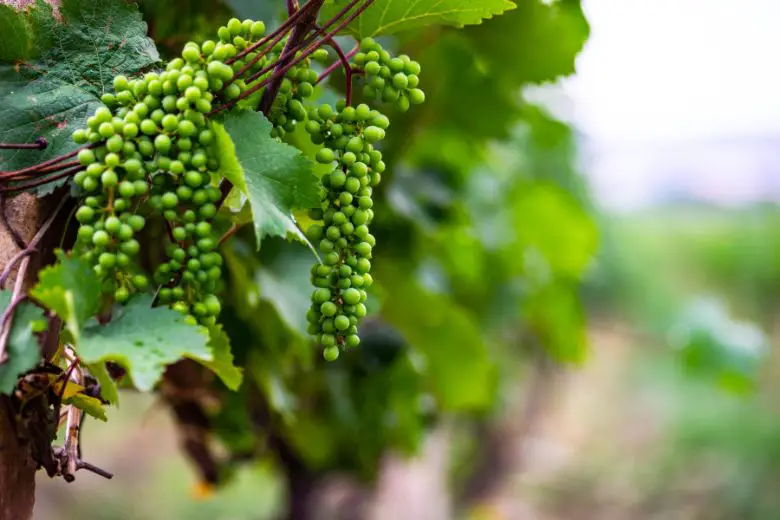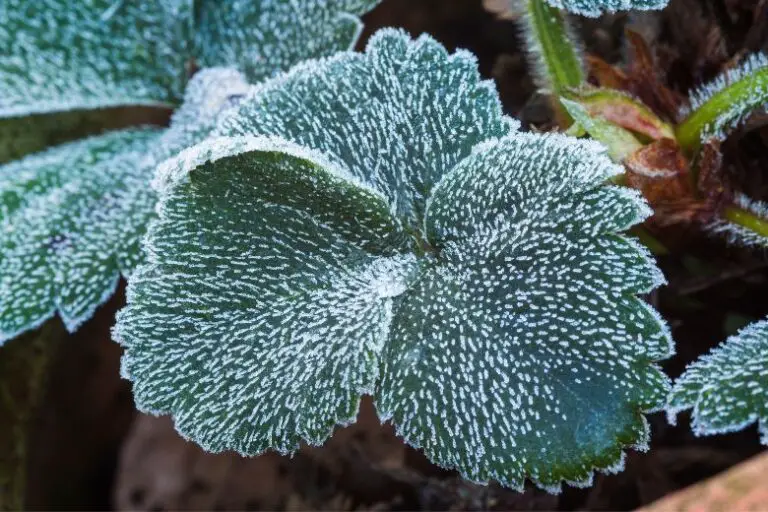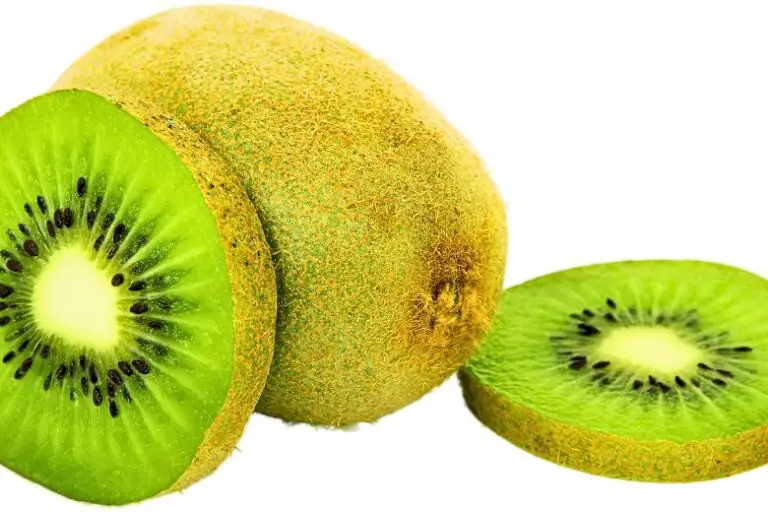When to Plant Grapes in Georgia
Planting grapes in Georgia can be a rewarding endeavor, offering both delicious fruit and potential for winemaking. However, timing is crucial to ensure the health and productivity of your grapevines. Let’s delve into the factors that determine the best time to plant grapes in Georgia.
Understanding Georgia’s Climate
Georgia experiences a diverse climate, with regions ranging from subtropical to mountainous. It’s important to consider your specific location’s temperature and weather patterns before planting grapes. Generally, Georgia’s climate is conducive to grape cultivation, as it provides warm summers and relatively mild winters.
Selecting the Right Grape Variety
Different grape varieties thrive under varying conditions. When choosing a grape variety to plant, take into account factors like disease resistance, growth habits, and intended use (table grapes, wine production, etc.). Varieties such as Muscadine and Norton are well-suited to Georgia’s climate.
Preparing the Soil
Before planting, ensure your soil is well-draining, slightly acidic, and rich in organic matter. Conduct a soil test to determine its pH and nutrient levels. Making necessary amendments will provide a solid foundation for your grapevines to flourish.
Choosing the Planting Time
The timing of grape planting can significantly impact its success. Two optimal periods for planting grapes in Georgia are spring and fall. Let’s explore both options.
Spring Planting: March to May
Spring offers a favorable environment for young grapevines to establish their root systems. Planting during this time allows them to benefit from the upcoming warm months. Make sure to plant after the last frost date to avoid potential frost damage.
Fall Planting: October to November
Fall planting takes advantage of cooler temperatures, reducing stress on the vines as they acclimate. It’s best to plant at least 6-8 weeks before the first frost, giving the roots time to grow before winter sets in.
Planting Process Step-by-Step
- Choose healthy grapevine nursery stock.
- Dig a hole twice the size of the root ball.
- Place the grapevine in the hole, ensuring it’s at the same depth as it was in the nursery.
- Backfill with soil and water thoroughly.
- Add a layer of mulch around the base to retain moisture.
Providing Adequate Support
Grapevines require sturdy support systems to grow properly. Install trellises, arbors, or fences to accommodate the vines’ growth and prevent damage.
Watering and Mulching
Regular watering is crucial during the initial growth period. Apply a layer of mulch to conserve moisture and prevent weed growth.
Pruning for Growth
Pruning is essential for maintaining vine health and productivity. Perform pruning during the dormant season to remove old or diseased wood and encourage new growth.
Protecting from Pests and Diseases
Monitor your grapevines for common pests and diseases such as aphids, powdery mildew, and birds. Implement preventive measures and treatments to ensure a healthy crop.
Harvesting Grapes
Grapes are ready for harvest when they achieve their desired color and sweetness. Carefully handpick clusters and enjoy the fruits of your labor.
Conclusion
Planting grapes in Georgia can be a fruitful and satisfying experience when you consider factors like climate, grape variety, soil preparation, and planting time. By following these guidelines, you can establish thriving grapevines that yield delicious grapes year after year.







